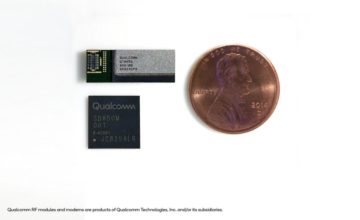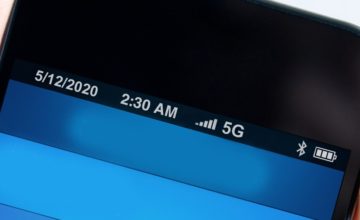The results are in for the 600 Mhz Low-Band Broadcast Spectrum Auction, which concluded several weeks ago, and it has the potential to become one of the major telecommunications developments of the year. The impact this additional spectrum could have on the wireless industry, especially with the upcoming implementation of 5G wireless technologies, is immeasurable. When the auction formally ended on March 31st, it came with a total monetary investment by telecom companies of roughly $19.8 billion, but didn’t tell us who were the big winners (and losers) from the event. But the Federal Communications Commission (FCC) has formally announced the results of the auction today, and the results could have ramifications for years to come.
Once the dust had settled, it was clear that T-Mobile was the big winner of the event. They contributed close to $8 billion to the grand total, procuring 10-megahertz licenses extending across 414 economic areas, roughly 45% of the total TV spectrum that was up for grabs at the auction. Acquiring these low-band licenses means that T-Mobile will be able to provide an average 31MHz of the low-band spectrum across the country. In comparison, AT&T spent $910.2 million during the auction, and neither Verizon or Sprint ultimately participated in the auction. It should be noted that Sprint has said that they currently possess enough licenses for their purposes, and Verizon was the big winner at the FCC 700 MHz auction in 2008, a victory that might have pushed them towards spending conservatively during this event. Television broadcasters have 39 months to turn over those licenses to their new owners. That places full spectrum availability at some point in 2020, incidentally, the same period of time when most experts expect commercial 5G services to become available to the public.
The bulk of the remaining spectrum was split up amongst major cable and satellite television companies. Dish Network was the second biggest winner, spending $6.2 billion and picking up 486 licenses across 416 economic areas. After them Comcast, which acquired 73 licenses for $1.7 billion. Comcast currently has plans to expand into a mobile service deal alongside Verizon, and this could be seen as a step in that direction for the company.
FCC Chairman Ajit Pai released a statement, saying, “Now, we begin the post-auction transition period. This day has been a long time coming. We congratulate all bidders who were successful in the incentive auction, and we applaud all of those past and present commission staffers who worked so diligently on every aspect of this complex undertaking. We have only reached this point because of their tremendous skill and dedication to this groundbreaking endeavor. Again: While we celebrate reaching the official close of the auction, there is still much work ahead of us. It’s now imperative that we move forward with equal zeal to ensure a successful post-auction transition, including a smooth and efficient repacking process.”
5G deployment is expected to rely, at least initially, on 3.5GHz band spectrum licenses and millimeter wave bands that exceed 15 GHz. But as the 5G coverage expands, many companies are planning on using current LTE deployments and low-band 600MHz spectrum for years to come to help offset the demand for 5G capability.




